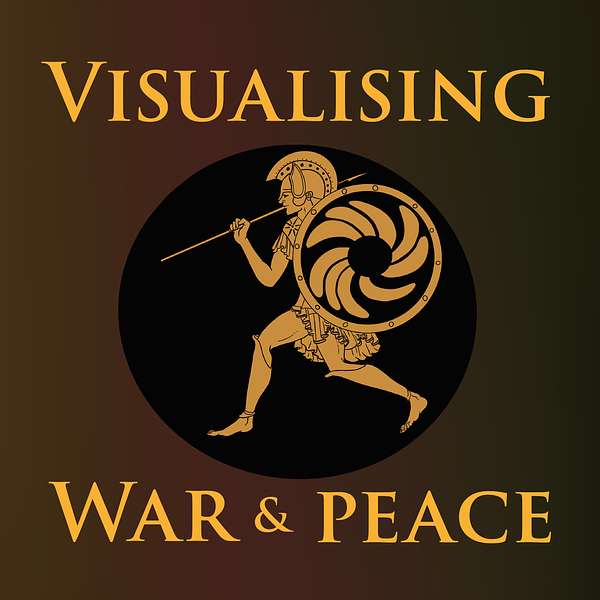
Visualising War and Peace
How do war stories work? And what do they do to us? Join University of St Andrews historian Alice König and colleagues as they explore how war and peace get presented in art, text, film and music. With the help of expert guests, they unpick conflict stories from all sorts of different periods and places. And they ask how the tales we tell and the pictures we paint of peace and war influence us as individuals and shape the societies we live in.
Visualising War and Peace
‘Sorry for the War’: photographer Peter van Agtmael's take on the US at war
The Visualising War podcast recently interviewed award-winning photographer Peter van Agtmael. Over a career spanning 20 years, Peter has focused on representing different manifestations of the US at war. His first book, ‘Disco Night Sept. 11’, brought together images of the USA at war in the post-9/11 era, from 2006-2013. His second, ‘Buzzing at the Sill’, focused on the US in the shadow of recent wars; it does not capture images of armed conflict, but examines aspects of American society that have been shaped by and helped to shape the wars that America has fought. His third book, ‘Sorry for the War’ explores the vast dissonance between how the United States has visualised itself at war and how people on the ground (soldiers and civilians) have experienced those wars, particularly in Iraq and Afghanistan. Peter has won multiple prizes for these books, as well as being highly sought after by media organisations such as the New York Times and the New Yorker. For the last ten years he has also been capturing images of the ongoing conflict between Israel and Palestine.
In the podcast, Peter talks about what motivated him to go to war as a photographer in the first place, and how his understanding of war and his approach to conflict photography have evolved over time. Aware that a single photograph can only capture one person’s perspective and a tiny slice of time, Peter underlines the importance of a multiplicity of images which together can build a sense of context, change over time and diversity of experience. He tries to document wars as holistically as possible, while still going deep and getting personal. He is particularly interested in unpicking the gap between our habits of imagining, viewing and understanding conflict and how it impacts people for real. There is a strong sense in his books that he is myth-busting, as he invites us to look critically at our own habits of seeing and really stretches our understanding of war’s dynamics, impacts and aftermath.
Among other things, Peter talks about the aesthetics of conflict photography, the authenticity and 'trustworthiness' of the images he tries to take, and his role as a narrator - both when taking individual photographs and when curating them into photographic collections and books. We discuss the opportunities that long-form books can offer compared with short-form articles, in documenting both multiplicity and complexity. And we consider what written text can add to images, in contextualising and sometimes even dispelling a mirage. Along the way we reflect on the vital role that photography and a reflective press can play in deconstructing misconceptions and idealisations of war that political rhetoric and other social pressures so often rely on.
We hope you enjoy the episode! This blog captures some of the images that Peter talks about; and listeners can see more on Peter's website and instagram page.
For a version of our podcast with close captions, please use this link. For more information about individuals and their projects, please visit the University of St Andrews Visualising War website.
Music composed by Jonathan Young
Sound mixing by Zofia Guertin